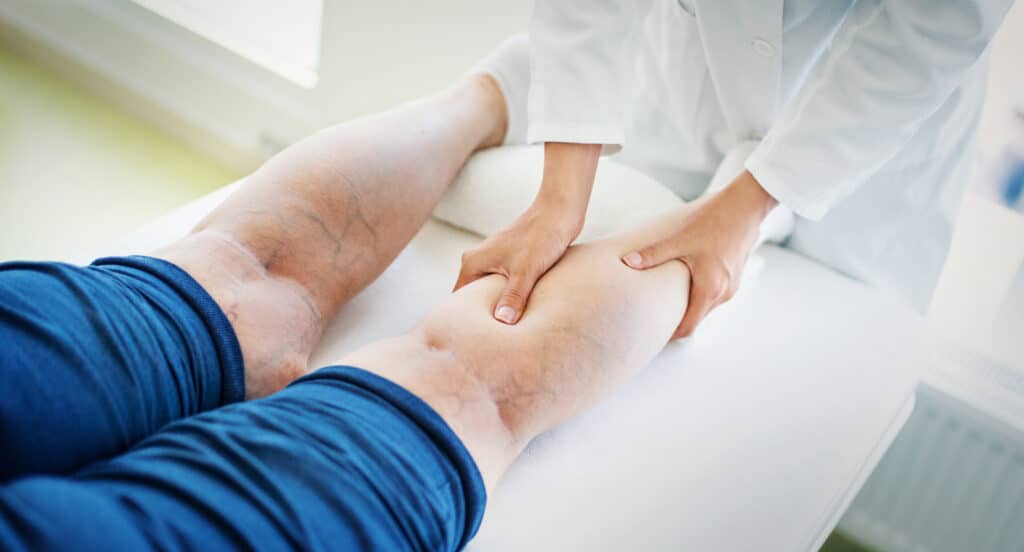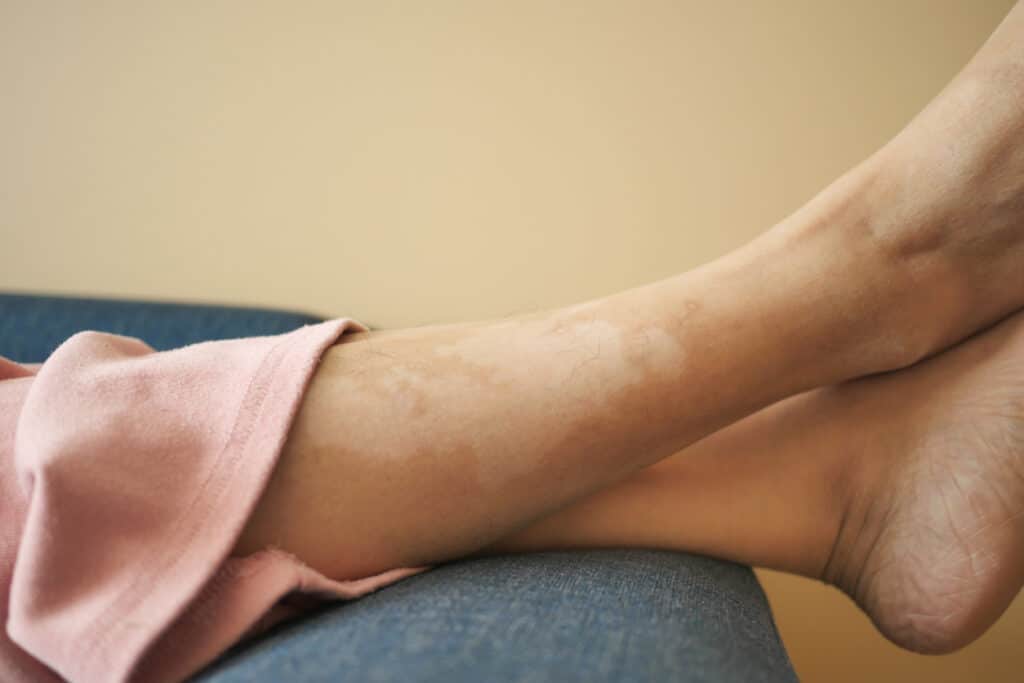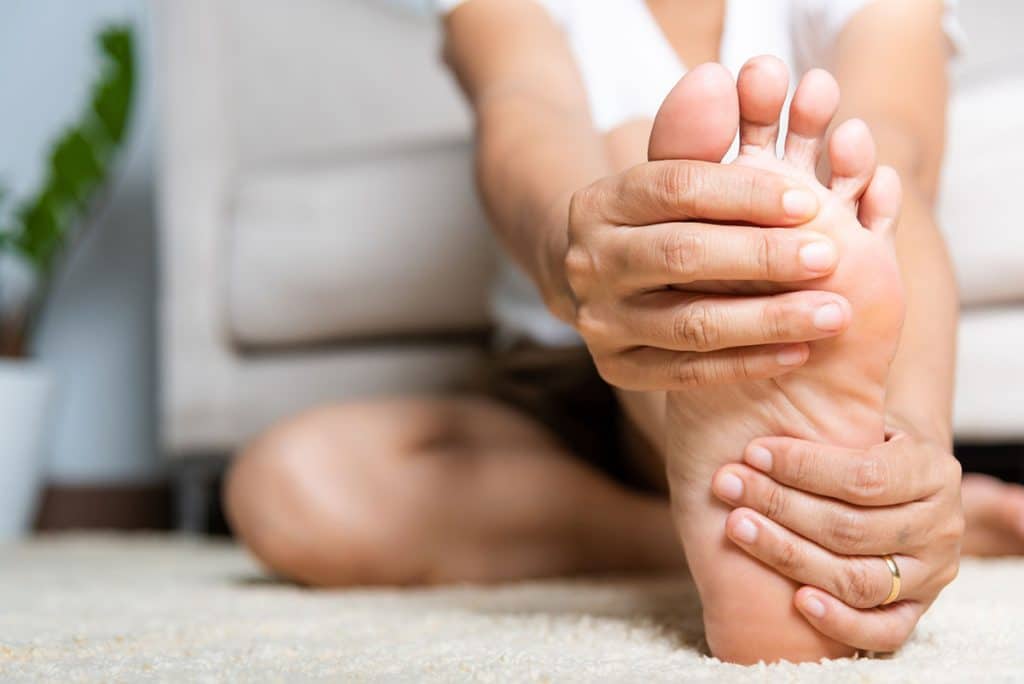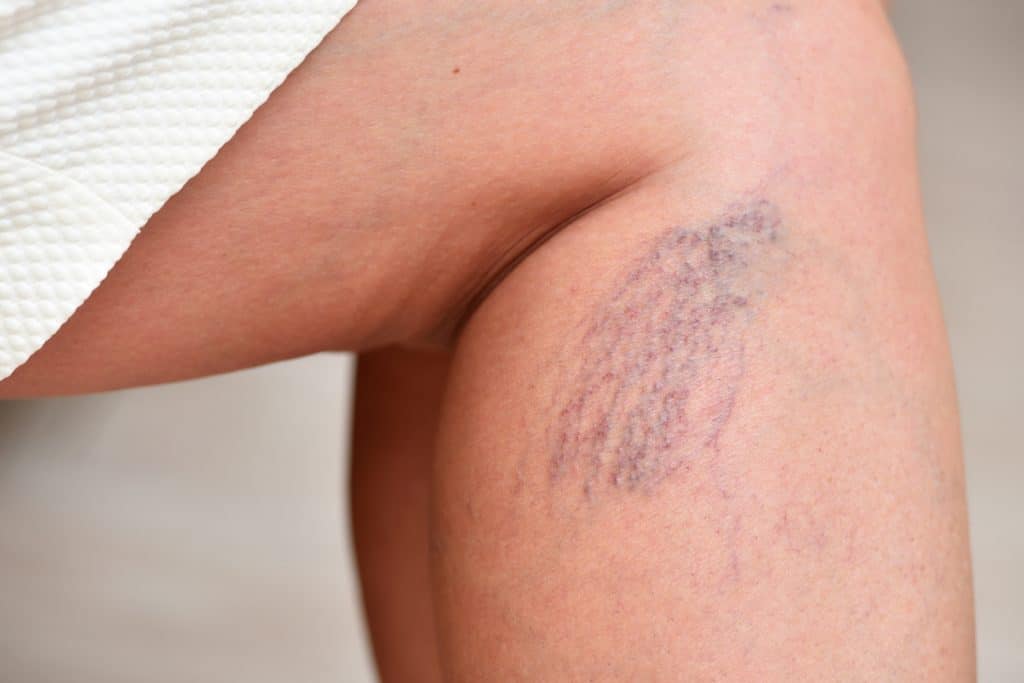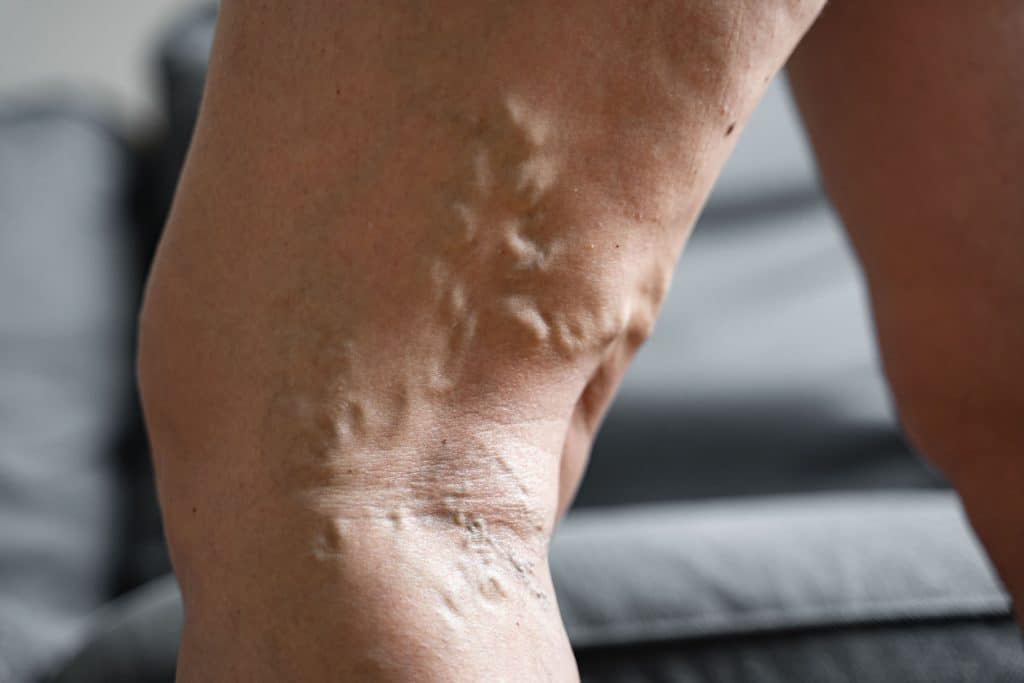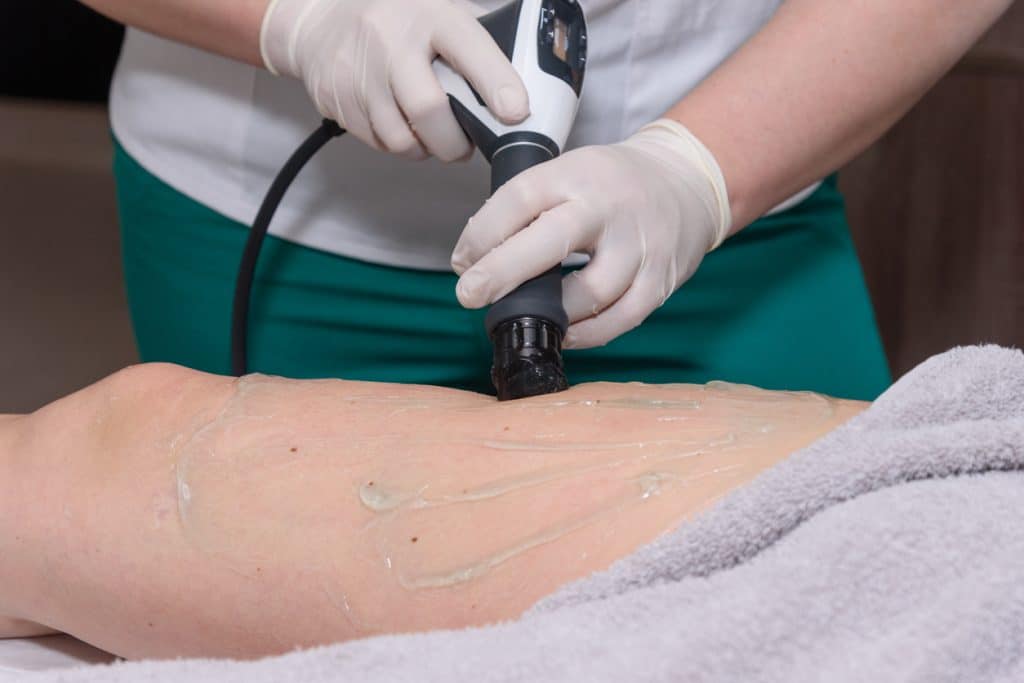What is Deep Vein Thrombosis
Every year, as many as 900,000 people in the United States are affected by deep vein thrombosis (DVT) and pulmonary embolism (PE). About 100,000 die from this vascular disease. Having DVT or PE blood clots can be life-threatening. DVT and PE blood clots are serious but treatable conditions. Arm yourself with the right information to treat and prevent blood clots.
Deep vein thrombosis (DVT) is a condition in which a blood clot forms in one of the deep veins, often in the legs. DVT can cause severe pain and swelling, affecting one’s quality of life and, depending on where it occurs, even limiting mobility.
Sitting for an extended period is a risk factor for DVT. This is due to the blood pooling in the legs, which may clot. Other medical conditions such as family history, being pregnant, overweight, and history of clotting may be at risk. Additionally, 40 different factors can put you at risk of DVT.
Signs and symptoms of DVT include
Everyone has different signs and signals that point to deep vein thrombosis. However, here are some common signs:
- Discomfort, heaviness, pain, aching, or throbbing in your legs or arms
- Pain or soreness in walking
- Swelling of the arms, legs, ankles, or feet
- Enlarged veins
- Skin changes in the leg, such as discoloration, thickening, or ulceration
- Warm Feeling in the area that hurts
Patients with DVT are at risk of developing post-thrombotic syndrome (PTS). PTS can involve chronic leg swelling, calf pain, calf heaviness/fatigue, skin discoloration, and venous ulcers.
If a blood clot breaks free and moves through the bloodstream, it can become stuck in a blood vessel in the lung. Doctors call this a pulmonary embolism, or PE, and it can be fatal.
Often, you will not know you have DVT until this happens. Signs of PE include:
- Coughing up blood
- Shortness of breath
- Chest pain that’s worse when you take a deep breath
- Higher heart rate
What Causes Deep Vein Thrombosis
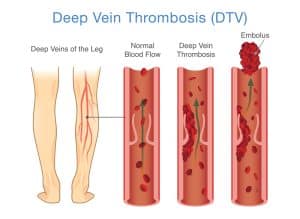 Anything that increases the pressure in the legs or causes blood to pool there will increase the chance of DVT. That’s why pregnancy and obesity are causes. The extra weight puts pressure on those veins and makes it harder for the blood vessels to circulate back to the heart, making the blood more likely to clot.
Anything that increases the pressure in the legs or causes blood to pool there will increase the chance of DVT. That’s why pregnancy and obesity are causes. The extra weight puts pressure on those veins and makes it harder for the blood vessels to circulate back to the heart, making the blood more likely to clot.
The same is valid for sitting or lying down for long periods. Many people live a sedentary lifestyle, spending most of the day behind a desk. Others may end up on bed rest for long periods after an injury or accident. When you are off your feet, circulation slows, and blood pools, making it more likely to clot.
Of course, any clotting disorder will also increase the chances of DVT. A family history of clotting will increase your risk. Heart disease, some types of cancer, and inflammatory bowel disease put you at risk. Also, smoking and taking medications like birth control or hormone replacement increase risk.
Here is a breakdown of the common DVT causes:
- Age – This vascular disease can occur at any time, but those over 40 are at a greater risk.
- Smoking – Smoking makes blood cells stickier than they should be. It also harms the lining of your blood vessels. This makes it easier for clots to form.
- Bed rest – Being injured and in the hospital for a long time can also keep your muscles still and raise your odds of DVT.
- Sitting for long periods – Sitting for an extended period makes your muscles lax. This makes it hard for your blood to circulate. This often occurs on long flights or car rides. That’s why it is always best to walk around a little.
- Pregnancy – Carrying a baby puts more pressure on the veins in your legs and pelvis. What’s more, a clot can happen up to 6 weeks after you give birth.
- Obesity – If you have a body mass index (BMI) of over 30, then you are at risk of DVT.
- Family history of blood disorders
- Major Health Problems – Conditions like Irritable bowel disease, cancer, and heart disease can all raise your risk.
- Vein Injury – Vein injuries can occur from a broken bone, surgery, or other trauma.
DVT Can Be Life-Threatening
The most dangerous aspect of DVT is pulmonary embolism. This occurs when the clot dislodges and travels to the lungs. Pulmonary embolism can lead to complications like a heart attack or trouble breathing. It also can be fatal.
Post-thrombotic syndrome can also occur. This syndrome can result in pain and swelling around the area of the clot, darkened skin, or sores on the skin. Additionally, it can cause varicose veins. This condition is not as dangerous as pulmonary embolism. But, it can be very uncomfortable and lower your quality of life.
How To Treat DVT
Treatment for deep vein thrombosis can include lifestyle changes, medication, or surgery. Some options include surgically removing the clot. Another treatment option is angioplasty, which involves placing a stent or balloon in a vein to enlarge the opening and allow blood to flow.
Another method is to use an inferior vena cava filter. The inferior cava is the most prominent vein in the body. This small cone filter can catch blood clots before they reach the lungs.
Blood thinners can treat deep vein thrombosis. This is the most common medication treatment. Blood thinners cut your blood’s ability to clot. You may need to take them for six months. If you have a large clot or severe symptoms, you may get medication to dissolve it. These medications, called thrombolytics, have serious side effects like sudden bleeding. That’s why they’re not prescribed very often.
Lifestyle changes can help treat DVT. This includes exercise to promote circulation and strengthen the muscles. If you sit for long periods, you can elevate your arms and legs. You can also periodically get up to take short walks around the room or even around the building. You can also wear compression stockings that help promote circulation.
Find A Deep Vein Thrombosis Specialist
Talk with your doctor if you have any symptoms or any of the risks for deep vein thrombosis. Some cases have no symptoms. So you don’t know you have it until you are dealing with a more severe problem. Coastal Vascular Center specializes in treating DVT.
Even if you already have DVT, there is help and successful treatments. Call the Coastal Vascular Center at 713-999-6056 today or contact us now to learn more about your options regarding DVT. Let us help you find the ideal treatment.
Additional Information
DVT does not cause a heart attack or stroke. There are two main types of blood clots.
How a clot affects the body depends on the type and location of the clot:
- A blood clot in a deep vein of the leg, pelvis, and sometimes arm, is called deep vein thrombosis (DVT). This type of blood clot does not cause a heart attack or stroke.
- A blood clot in an artery, usually in the heart or brain, is called arterial thrombosis. This type of blood clot can cause a heart attack or stroke.
Both clots can cause serious health problems, but the causes and steps you can take to protect yourself are different.

